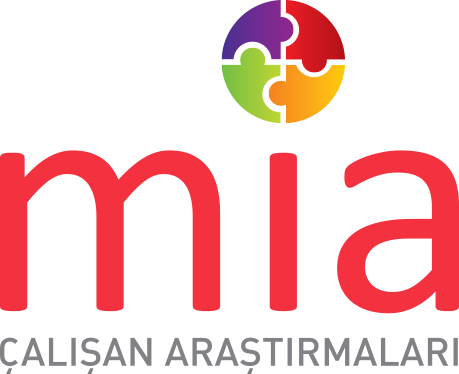Blog
COLLABORATION IN ORGANIZATIONS OR FORMERLY, INTERNAL CUSTOMER SATISFACTION

Berna Özdemirkan
June 2017 – Brandmap:
First of all, we should take a step back from the idea of business divisions satisfying one another. Even though the surveys provided a fair amount of benefit, let’s not forget that the person changes, the perspective changes, and the culture changes. The practices of the last decade are not valid today. We all know that. But this also has various disadvantages. Let’s list them first:
- There are more than 50 divisions in an organization. When I assess each division that I am in contact with, the survey takes a lot of time.
- I only evaluate the division generally, but if I am satisfied with John in that division but it is very hard to work with Robert, what would be my rating?
- We are such a big organization that we don’t even know the names of the divisions, so it is not clear who we are evaluating. The organizational structure constantly changes as well, we cannot keep track.
- We evaluate all the divisions that we are in contact with, but we work a lot with some and maybe once a year with others. So it is not a sound evaluation.
Well, how can we come up with an approach that will solve all these problems? We should start by discussing “Collaboration Mentality/Culture” in our organization. When we say Collaboration Mentality, we mean the concepts, the values in our organization. So, what are they?
These concepts may vary from one organization to another, thus it would be good to mention three main concepts that we encounter frequently. At the top of the concepts list, there is the essential element of all relations: “Trust”. If you don’t trust someone, leave aside collaborating, you can’t even communicate. So, we should first identify the things that damage the trust in our organization and eliminate those factors. Employees trusting in their managers to have the required know-how and knowledge, inclusion of the concerned divisions/people into the decision-making processes, the consistency between what’s said and what’s done are the main things that establish that valuable trust.
Another concept is “Respect”. The employees should respect their job, each other’s ideas and expertise, and similarly, they should model this approach of respect in their communication styles. In the simplest term, not attending a meeting on time or skipping one because there will be no one from the top management is seen as a huge disrespect.
Finally, one of the concepts that we see most frequently is “Openness/Transparency”. The correct and accurate transfer of the decisions taken by the top management to lower levels of the organization by the mid-level managers openly and transparently is very critical. And the flow of information in the opposite direction, in other words the accurate transfer of employee opinions to the top management by managers is also one of those top elements at the list of openness/transparency concept.
After revealing the main concepts/values regarding the collaboration culture in our organization, we should continue by revealing and examining their good and bad examples in our organization. This method will show us very clearly what we do right and what we do wrong. For example, if you ask your employees the bad examples and they frequently mention examples of aggressiveness, high egos, stalling instead of generating solutions, abstaining from work, carelessness, lacking a plan, aimlessness, accusing others and blaming others, then you should immediately draw the map that will eliminate such mentality and put this roadmap into practice rapidly. Because, instead of these, we need more examples of result- and solution-orientation, ability to generate and respect to different ideas, innovativeness, flexibility, sense of responsibility, unbiased approach.
Another important point that needs to be examined is what happens when problems arise. As we all know, collaboration is not all fun and games, there will be problems, too. But what are the attitudes in the face of problems? How should you react? Is everyone asked for their opinion? Is there a general involvement, democracy? Does the best and the required decision is taken in the face of the problem or the less risky one? Embracing the right attitude in the face of a problem has an undeniable impact in carrying the organization a step further.
For the collaboration culture that we want to establish, our communication skills are also required to be fairly advanced. We need employees, who do not personalize issues, provide constructive feedback, who are respectful, positive and solution-oriented, and, most importantly, know each other well within the organization so that they can achieve all these goals. At this point, the social events that gather the employees together and let them know each other gain more importance.
Back to square one, the cooperation between divisions is not a sufficient concept to establish the right work culture. Not the division, but the individuals should collaborate and move forward towards the right goals while carrying out their tasks. Thus, it is required for the corporate vision, strategic path and goals to be defined correctly and shared with all employees accurately. Employees don’t want to work without knowing what they do and why they do it or they are just pushed to work, but things don’t go on the right track since they neither believe in or understand their work. Identifying the goals is not enough, it is required to determine the path – who will do what, when and how and who will follow up the progress. So, all the works and the projects should be in harmony. And to achieve all of these, a common culture should be established and birth of sub-cultures should be prevented especially in companies at the growth phase.
